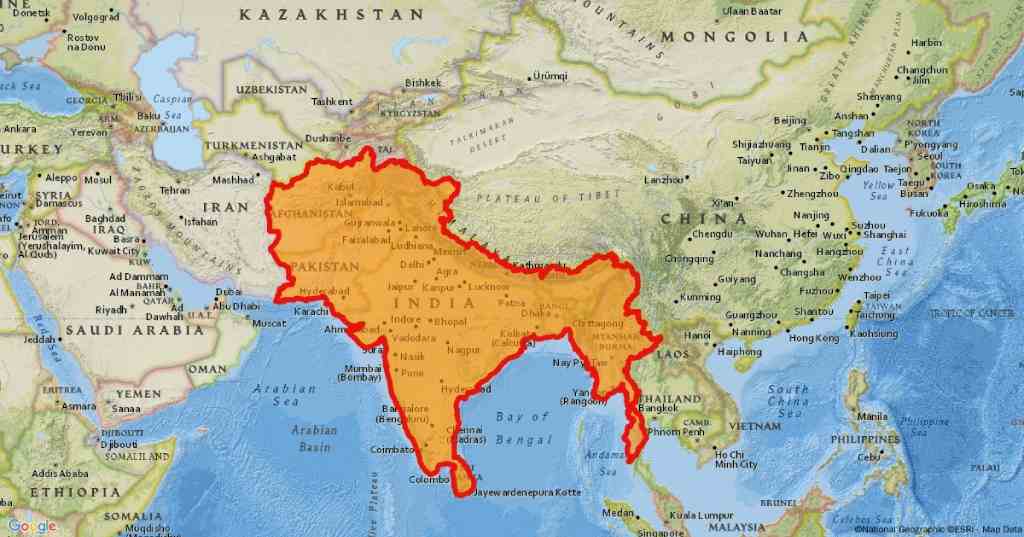Sanatana Dharma = Lifestyle of Akhand-Bharat
Sanatana Dharma, often referred to simply as “Hinduism,” is the oldest living religious tradition in the world, with roots stretching back thousands of years in the Indian subcontinent. The term “Sanatana Dharma” is derived from Sanskrit and can be translated as “the eternal law” or “the eternal way.”
At its core, Sanatana Dharma encompasses a diverse range of beliefs, practices, rituals, and philosophies that have evolved over millennia. It is not based on a single founder or scripture but is instead a complex tapestry of traditions that have been shaped by numerous sages, seers, and scholars over time.
Key concepts and principles of Sanatana Dharma include:
Dharma: This central concept refers to the moral and ethical duties and responsibilities that govern human behaviour. It emphasizes righteousness, duty, and social harmony.
Artha: Artha refers to the pursuit of the goals and resources of life in a dharmic way. We must be very clear and careful as to the goals that we set for ourselves in life. The nature of the goal determines the nature of our striving and the type of energy that we will be creating.
Kama: Kama refers to the pursuit of enjoyment, happiness, well-being, and bliss through dharma (not just to any pursuit of desires). It does not encourage to run after a life of enjoyment only.
Moksha: The ultimate goal of liberation or spiritual freedom, achieved through self-realization and the cessation of the cycle of birth and death. Moksha represents a state of union with the divine (Brahman) and liberation from the cycle of suffering.
Ahimsa: Non-violence and compassion towards all living beings. Ahimsa is a fundamental principle of Sanatana Dharma and is central to the teachings of great spiritual leaders such as Mahatma Gandhi.
Yoga: A spiritual practice aimed at achieving union with the divine and self-realization. Yoga encompasses various physical, mental, and spiritual disciplines, including meditation, breathing exercises (pranayama), and ethical guidelines.
Vedas: Considered the oldest scriptures of Sanatana Dharma, the Vedas are a collection of ancient texts containing hymns, rituals, prayers, and philosophical teachings. They are revered as divine revelations and serve as the foundation of Hindu philosophy and spirituality.
Sanatana Dharma is characterized by its tolerance, diversity, and inclusivity, accommodating a wide range of beliefs, practices, and interpretations. It has given rise to a multitude of sects, schools of thought, and spiritual traditions, each with its own rituals, deities, and philosophical perspectives.
While Hinduism is the most well-known expression of Sanatana Dharma, the term itself encompasses a broader worldview that transcends any single religious label. It reflects the timeless wisdom and universal principles that underpin the spiritual heritage of India and continue to inspire millions of people around the world. India, in turn, provides a sacred and vibrant landscape where Hinduism continues to evolve and thrive, serving as a beacon of spiritual wisdom and cultural richness for the world.



